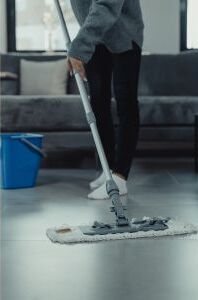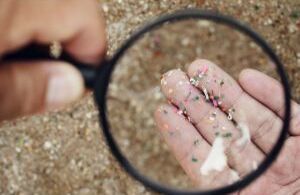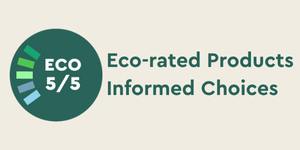Are Microfibre Mops Eco Friendly or Greenwashed? Let’s Find Out
Microfibre mops are often touted as a sustainable cleaning solution — but are they truly eco friendly, or just another case of clever greenwashing? If you’re a New Zealand business looking to reduce waste without compromising hygiene, it’s important to get the facts.
Let’s break down what makes microfibre mops an eco upgrade — and what to watch out for.
What Are Microfibre Mops Made Of?
Microfibre is a synthetic material made from very fine fibres of polyester and polyamide (nylon). These tiny fibres trap dirt, dust and bacteria more effectively than traditional cotton or sponge mops.
They’re machine washable, reusable, and known for reducing the need for harsh chemicals.
Eco Friendly Benefits of Microfibre Mops
1. Reusability
Most microfibre mop heads can be washed and reused over 300 times, reducing landfill waste compared to disposable options.
2. Less Chemical Use
They clean effectively with just water, minimising the need for floor cleaners and disinfectants — which is better for the environment and your staff.
3. Water Efficiency
Microfibre mops absorb more moisture, so you need less water to get the job done. Perfect for drought-prone areas or businesses looking to cut utility costs.
4. Lightweight and Durable
Fewer breakages and replacements mean fewer resources used over time.
The Greenwashing Risk: Microplastics
While microfibre mops reduce chemical and paper waste, they can shed microplastics when washed. These fibres can enter waterways and harm marine life.
How to Minimise the Impact:
-
Use a washing bag (e.g. Guppyfriend) to catch fibres in the laundry
-
Wash only when needed and avoid tumble dryers
-
Choose high-quality mops that shed less and last longer
Comparing Microfibre to Traditional Mop Types
| Feature | Microfibre Mops | Traditional Mops |
| Reusability | High (500+ washes) | Low |
| Chemical Use | Minimal | High |
| Plastic Waste | Low (if managed well) | High (disposable parts) |
| Performance | Excellent (dust & germs) | Moderate |
| Risk of Greenwashing | Moderate (microplastics) | Low |
FAQ: Microfibre Mops in NZ Workplaces
Q: Are microfibre mops biodegradable?
A: No — they are synthetic. But their reusability offsets their footprint when used and disposed of responsibly.
Q: Is it worth switching from cotton mops?
A: Yes. Microfibre mops clean better, use less water, and require fewer replacements.
Q: Do all microfibre mops shed microplastics?
A: Some cheaper brands do more than others. Invest in quality brands and proper washing habits.
How Insinc Can Help You Choose Wisely
At Insinc, we vet our microfibre mop systems for quality and durability. Our team recommends:
-
Commercial-grade microfibre heads
-
Mop kits designed for reuse and long life
-
Sustainable accessories (e.g. recycled buckets)
We help Kiwi businesses balance hygiene, cost, and sustainability without falling for greenwashed marketing.
Conclusion
So, are microfibre mops eco friendly? Yes — when used correctly, they offer huge sustainability benefits. But it's essential to manage them responsibly and choose quality systems that last.
Talk to Insinc for guidance on implementing effective, planet-friendly cleaning solutions in your workplace.
Posted: Thursday 24 July 2025



